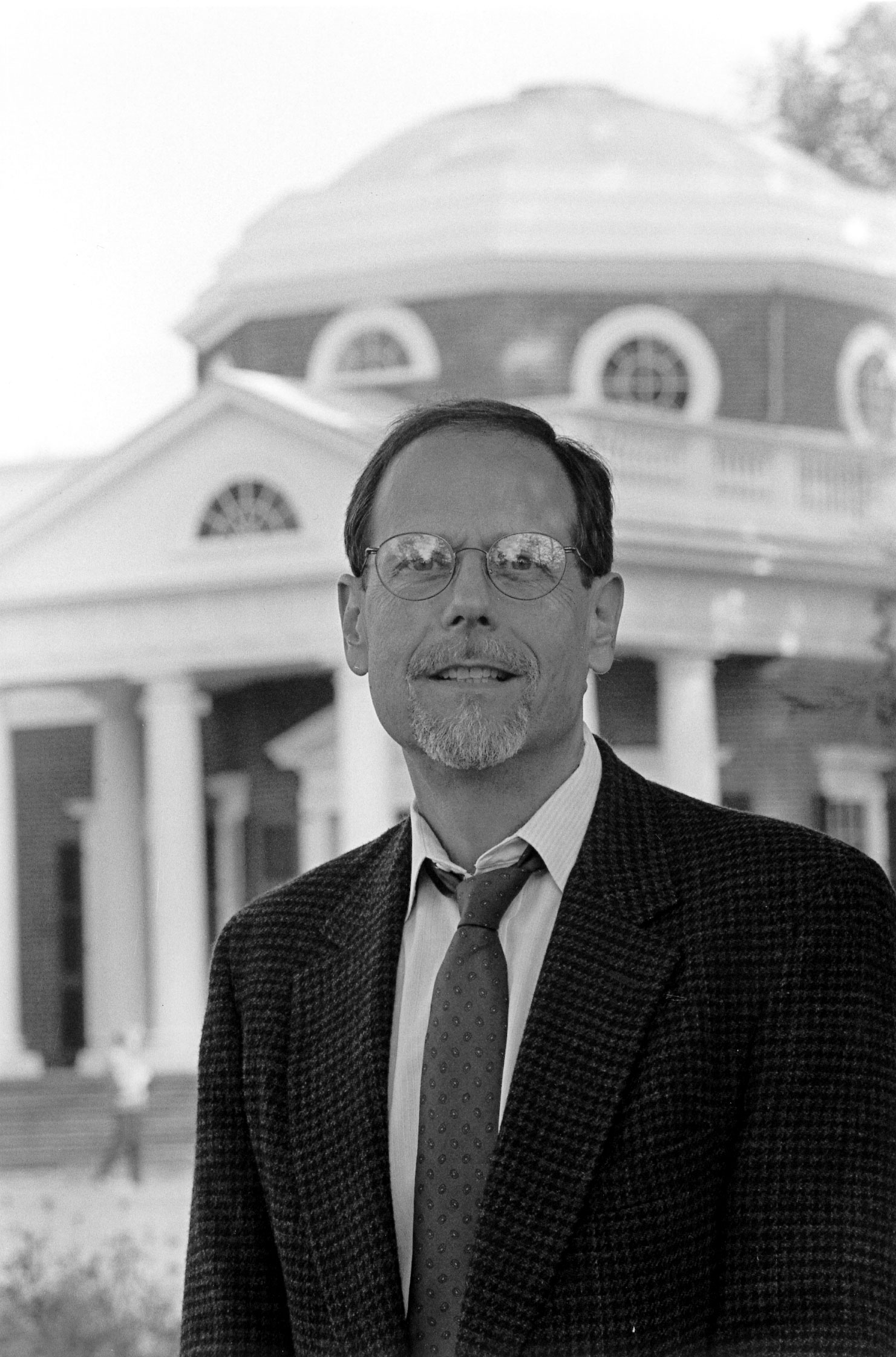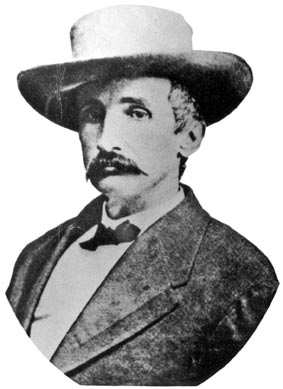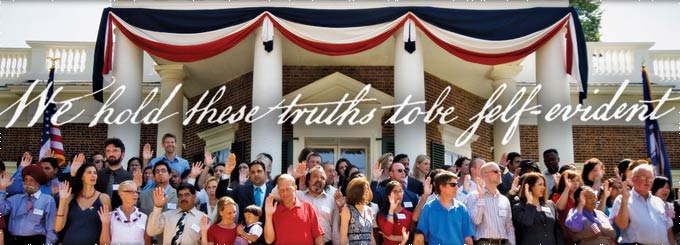Saving Monticello: The Newsletter
The latest about the book, author
events, and more
Newsletter Editor - Marc Leepson
Volume XIV, Number 12 December
1, 2017
THE STORY: Simon Schama, the acclaimed
Columbia University professor, may be best known as the voice of dozens of BBC,
PBS, and History Channel documentaries. That includes the monumental five-part
“The Story of the Jews,” a sweeping, 3,000-year history, which Schama wrote and
narrated for BBC and PBS in 2013.
Schama’s latest book is The
Story of the Jews, Volume Two: Belonging: 1492-1900 (Harper Collins, 800
pp.), which came out in October. It is the second of what will be three volumes
that cover the same territory as Schama did in the documentary.
The book is “an engaging and electrifying read by a skilled
literary craftsman, cultural historian and tour guide,” the novelist and
essayist Thane Rosenbaum wrote in his Washington
Post review. The Story takes us
to “such far-flung places,” Rosenbaum wrote, such as Venice, London, Paris, Istanbul,
Jerusalem, and San Francisco.
In the earlier volume, the documentary, and in the new book Schama
tells the stories of well-known people such as Baruch Spinoza, Alfred Dreyfus,
and Theodor Herzl. But he also gives us “an all-star team of largely unsung
Jewish heroes,” as Rosenbaum put it, “who inject humanity and spunk into what
might otherwise have been morbid tales of endless persecution.”
This largely unsung group includes David Ha-Reuveni, a 16th
century European traveler and mystic; the 18th-century British boxer Daniel
Mendoza; the mid-16th century Italian showman Leone de’Sommi; the
mid-17th century Chinese general Chao Ch’eng; the pioneering mid-18th
century French physician Jacob Rodrigues Pereire; and the mid-19th
century American actress, painter, and poet Adah Isaac Menken.
Plus—I am happy to say—Schama tells the story of the one and
only Uriah Phillips Levy in the book. He recounts what I wrote about in Saving Monticello: UPL’s stewardship of
Monticello and includes the story of the statue of Thomas Jefferson that Levy
commissioned in 1833, which now is in Statuary Hall in the U.S. Capitol’s
Rotunda.
AMERICAN
HERITAGE: When I started doing the research for the 1997 Preservation magazine article on the
Levys and Monticello (which would become the progenitor of Saving Monticello), I discovered an article on that exact subject
by Annabelle Prager in the February/March 1978 issue of American Heritage magazine.
The article proved to be well researched and accurate,
although the writing was a tad too flowery in places and the tone a bit too
hagiographic. It was also too vague on the misrepresentations made by Maude
Littleton in her 1909-1914 campaign to take Monticello from Jefferson Levy.
Nevertheless, overall Ms. Prager did a fine job telling
the Levys’ Monticello story.
To wit: “Visitors
to Monticello today, taking in its handsome lawns,” she wrote, may not know
that “Monticello was saved from ignominious ruin because it had the good
fortune to fall into the hands of men who believed that its builder, Thomas
Jefferson, was the greatest of all Americans.
“To
these owners—first, Uriah Phillips Levy, and later his nephew, Jefferson Monroe
Levy—Monticello was a shrine.”
I just discovered that the article is on line, I believe,
for the first time. You can read it at http://bit.ly/AHMonticello
EVENTS: Here’s
a rundown on my December speaking events. For info on my new book, Ballad of the Green Beret, please go to http://bit.ly/GBBallad
·
Monday,
December 4 – 4:00 p.m. Eastern
appearance on the Mike Slater Show, AM 760, San Diego on Lafayette: Idealist General.
·
Tuesday,
December 5 - Release of “Civics 101”
Podcast by New Hampshire Public Radio on the U.S. Flag Code and my book Flag: An American Biography. Go to http://bit.ly/Civics101Flag
·
Friday,
December 15 – 3:00 p.m. talk on Flag:
An American Biography and book signing at Arbor Terrance retirement
community, 1100 Dranesville Rd., Herndon, Virginia. Free and open to the
public. To make a reservation and for more info, call
703-956-6311.
If you’d like to arrange an event
for Saving Monticello—or for any of
my other books, including Ballad of the
Green Beret—please email me at marc527psc@aol.com
For details on other upcoming
events, go to http://leepsoncalendar.blogspot.com
GIFT IDEAS:
Want a personally autographed, brand-new paperback copy of Saving Monticello? Please e-mail me at Marc527psc@aol.com I also have a few
as-new, unopened hardcover copies.
Or go to marcleepson.com/signedbooks.html to order copies through my local
bookstore, Second Chapter Books in Middleburg, Virginia.
We also have copies of
Desperate Engagement, Flag, Lafayette, and What So
Proudly We Hailed, and Ballad of the
Green Beret.


























